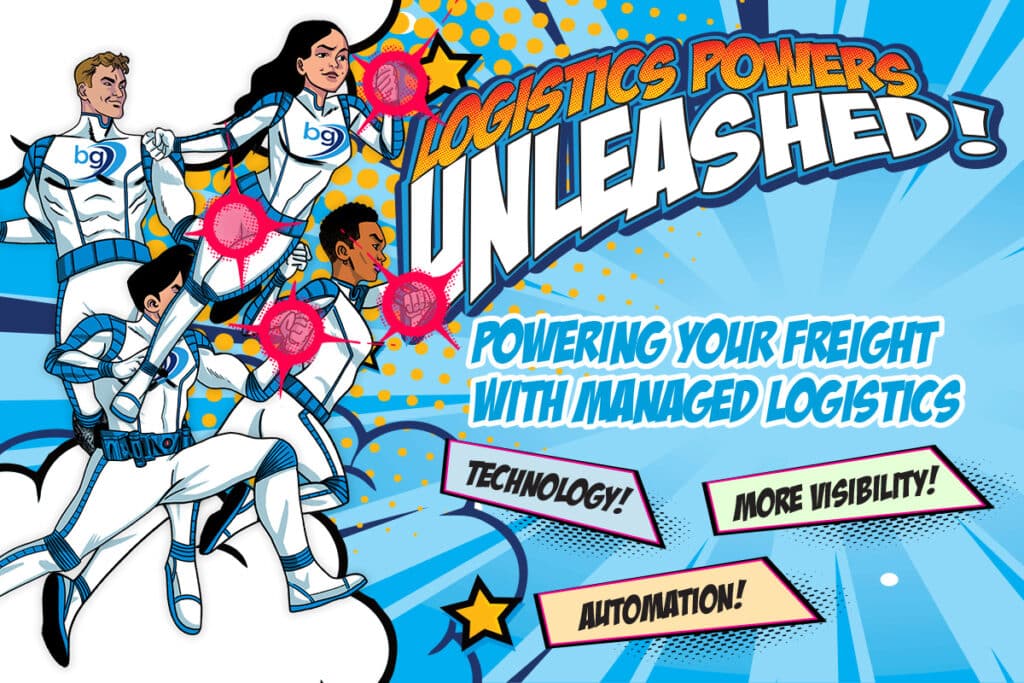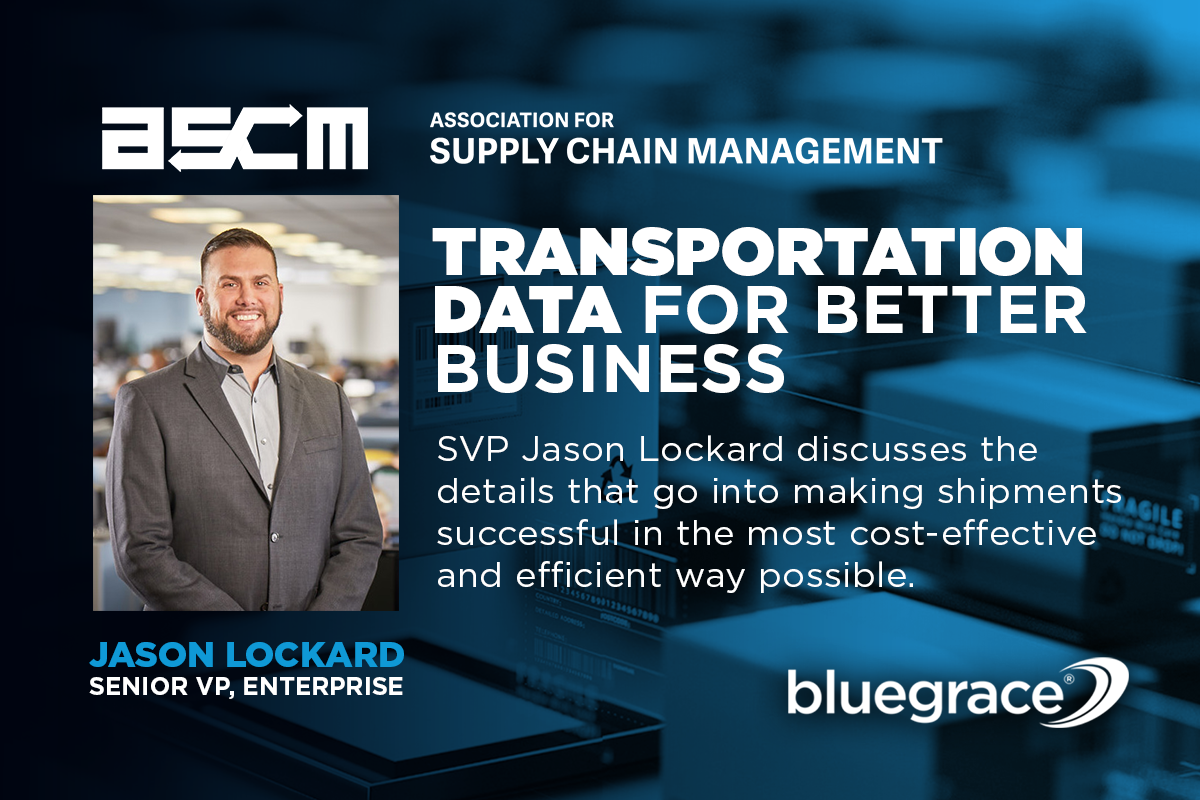
Tapping Into Transportation Data for Better Business
Association for Supply Chain Management | SCM Now • August 09, 2019
Feature Article | Jason Lockard, SVP Enterprise of BlueGrace Logistics
In the living, breathing organism that is the global marketplace, logistics practices have become infinitely more interconnected and complicated. As e-commerce giants push the envelope on logistics, transportation and distribution expectations, they reshape consumer desires and add new layers of complexity.
In our world of one-click ordering and two-day delivery, shippers can no longer afford to focus on the big picture of getting goods from A to B; instead, they must recognize the details that go into making that shipment successful in the most cost-effective and efficient way possible. Sometimes this concept causes concern because many of us believe that being too focused on the minutia means we fail to see the big picture. But when it comes to logistics, it’s the details that make all the difference.
MACRO OR MICRO?
The average business model takes a macro view: The customer needs goods shipped by a certain date in order to satisfy delivery promises. But often, the effort to meet that deadline creates tunnel vision, causing companies to miss some of the key points that make it possible to control expenses and run an optimized business.
Likewise, most companies use a fairly standard equation to measure freight:
Total cost of goods/Total freight costs= Freight as a percentage of purchased goods.
The result is an aggregate number — a broad view — collected by data that comes from either invoices or a manually updated spreadsheet that logistics professionals view monthly or quarterly. Unfortunately, this system not only is prone to errors, but also fails to provide the opportunity to get beyond the macro level and look at the business from the perspective of the customer or stock keeping unit (SKU). And that is how we begin to miss opportunities.
The current market is unlike anything experienced in past generations. Rates and inflation are driving a large portion of costs directly to shippers. These companies must find a way to control expenses, pay their way through them or pass them on to their customers (always a risky proposition). Yet, shippers aren’t examining costs, just the cost drivers. This creates a turning point in day-to-day operations. By looking at shipping and operations data, organizations can make more informed decisions, rather than extrapolating information that might be outdated or obsolete.
To achieve this objective, we first must change the way we leverage and use data. Transportation management software (TMS) and other technologies can help, as they enable us to use the information we are already collect-ing and drill down to those critical details. The better the visibility into our data, the better we can leverage it, turn it into actionable intelligence and use it to help reduce expenses.
For instance, a consumer packaged goods business recently conducted an in-depth data review to determine the true cost of each order with freight… > Click here to continue reading the full article in SCM Now Magazine




